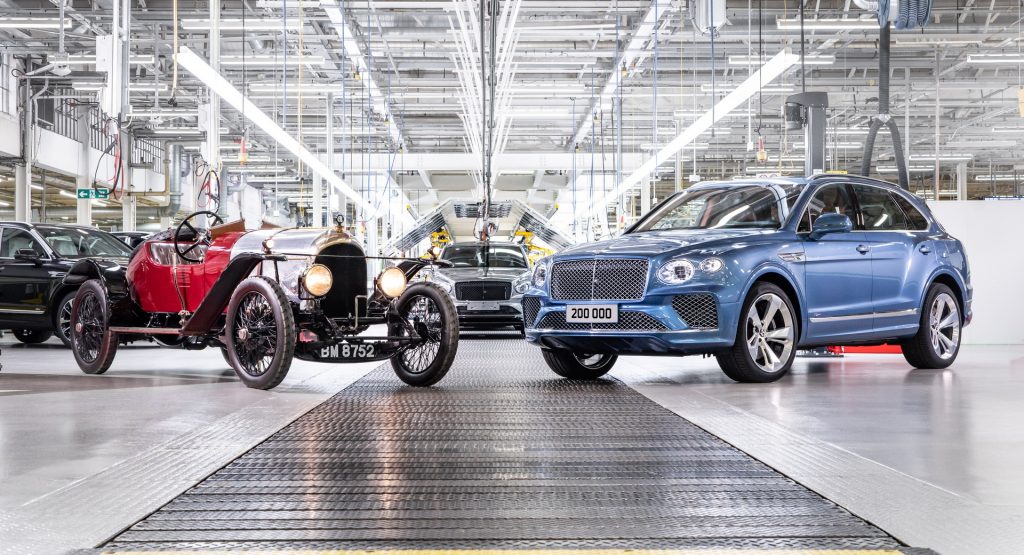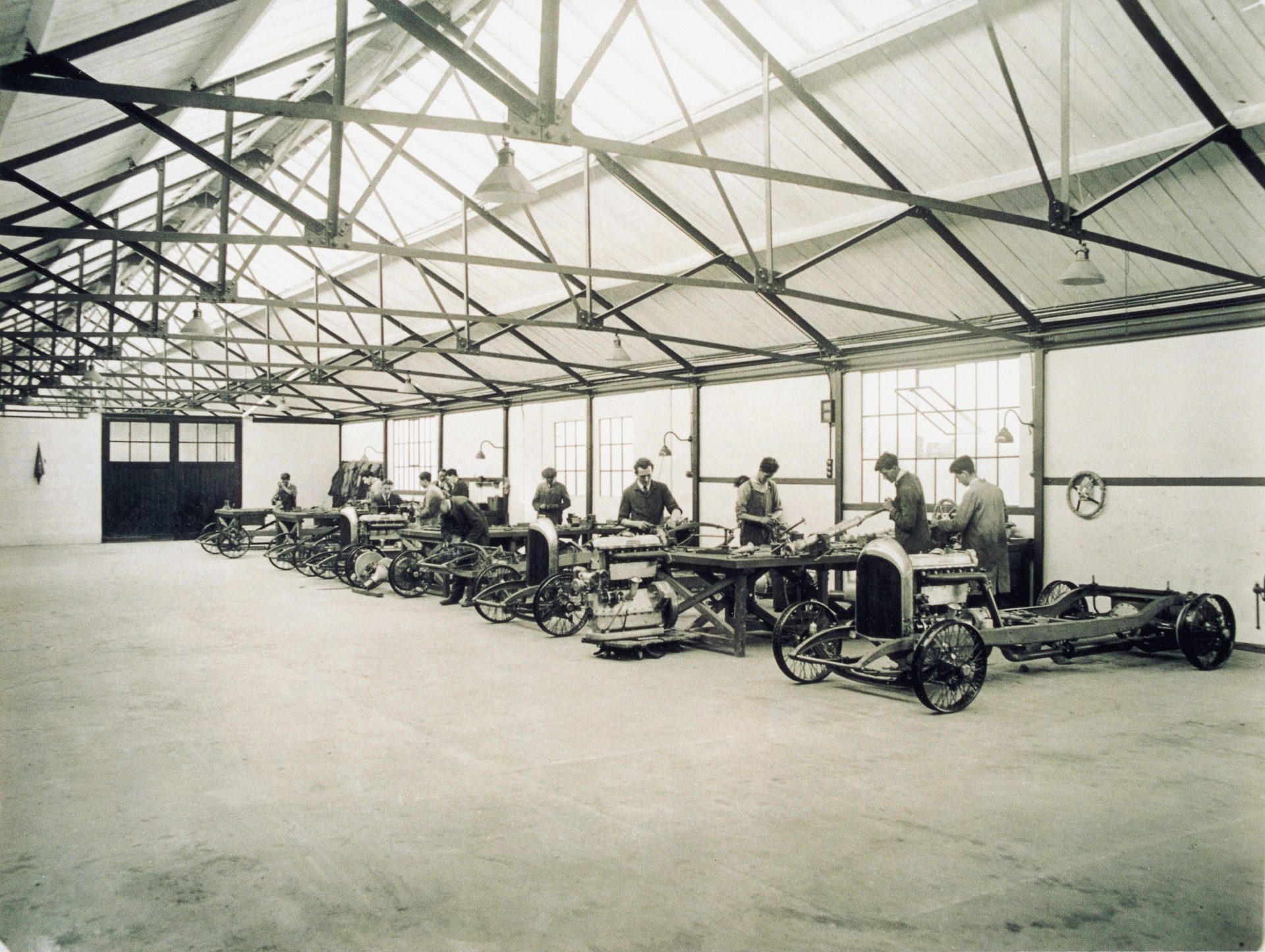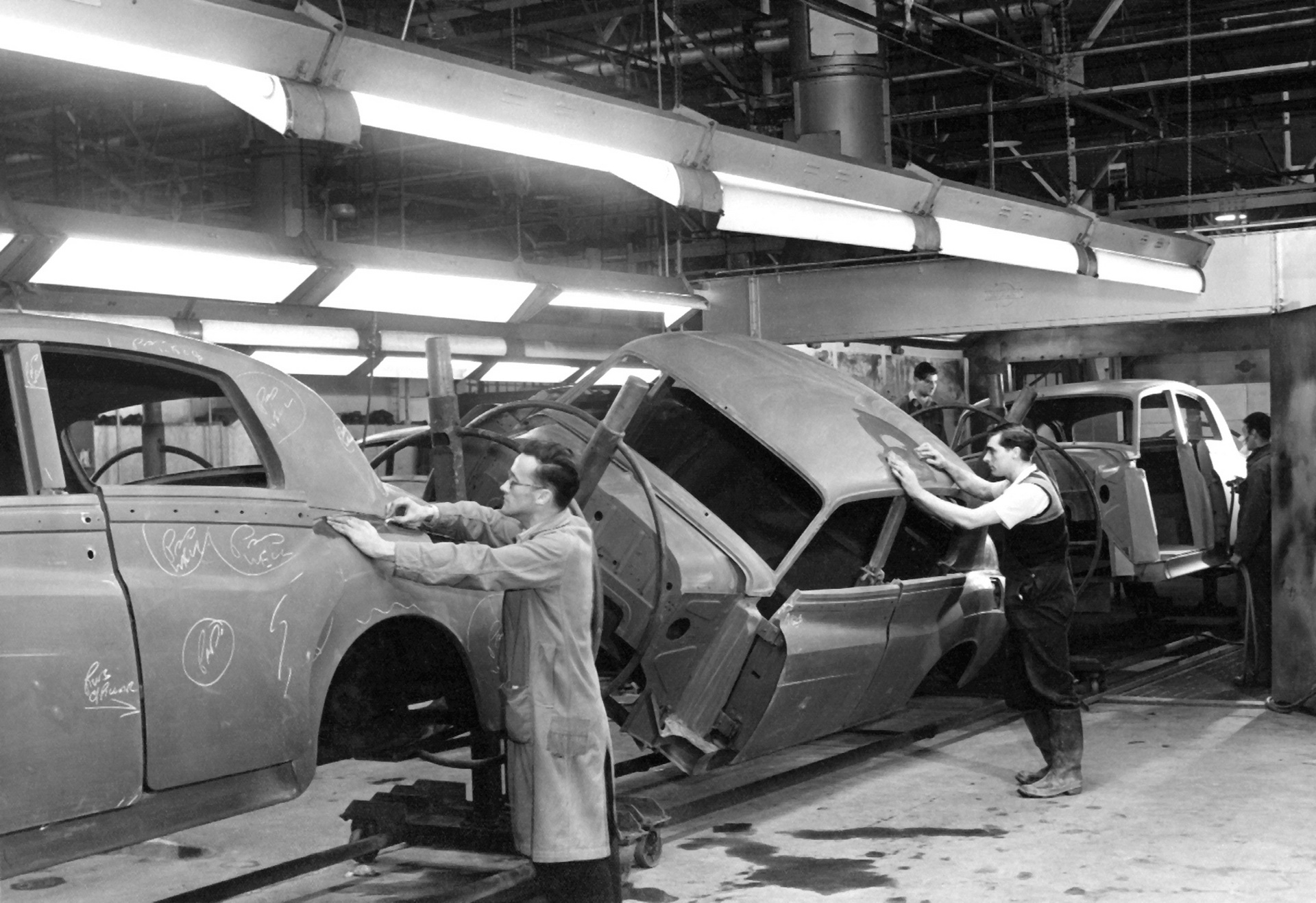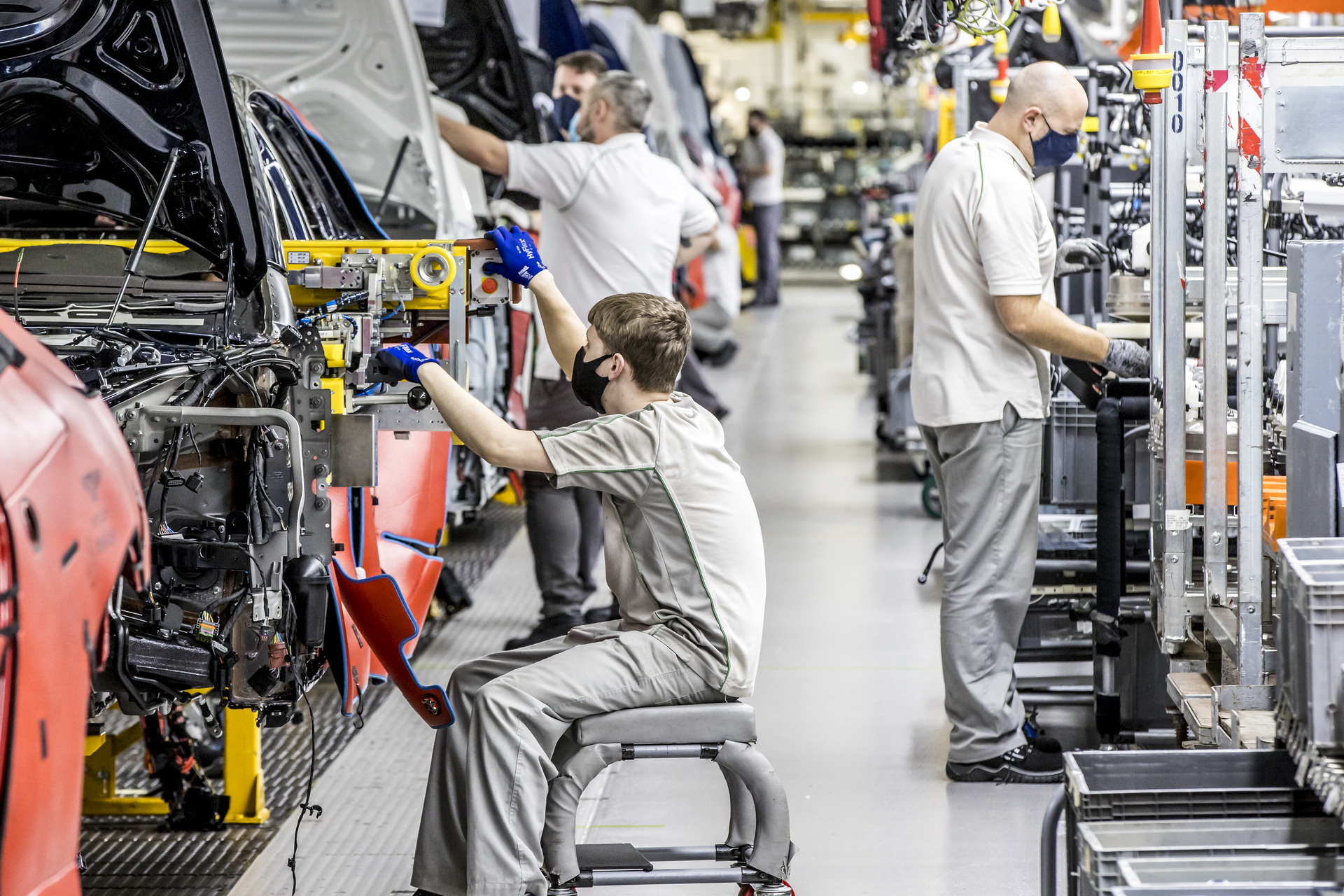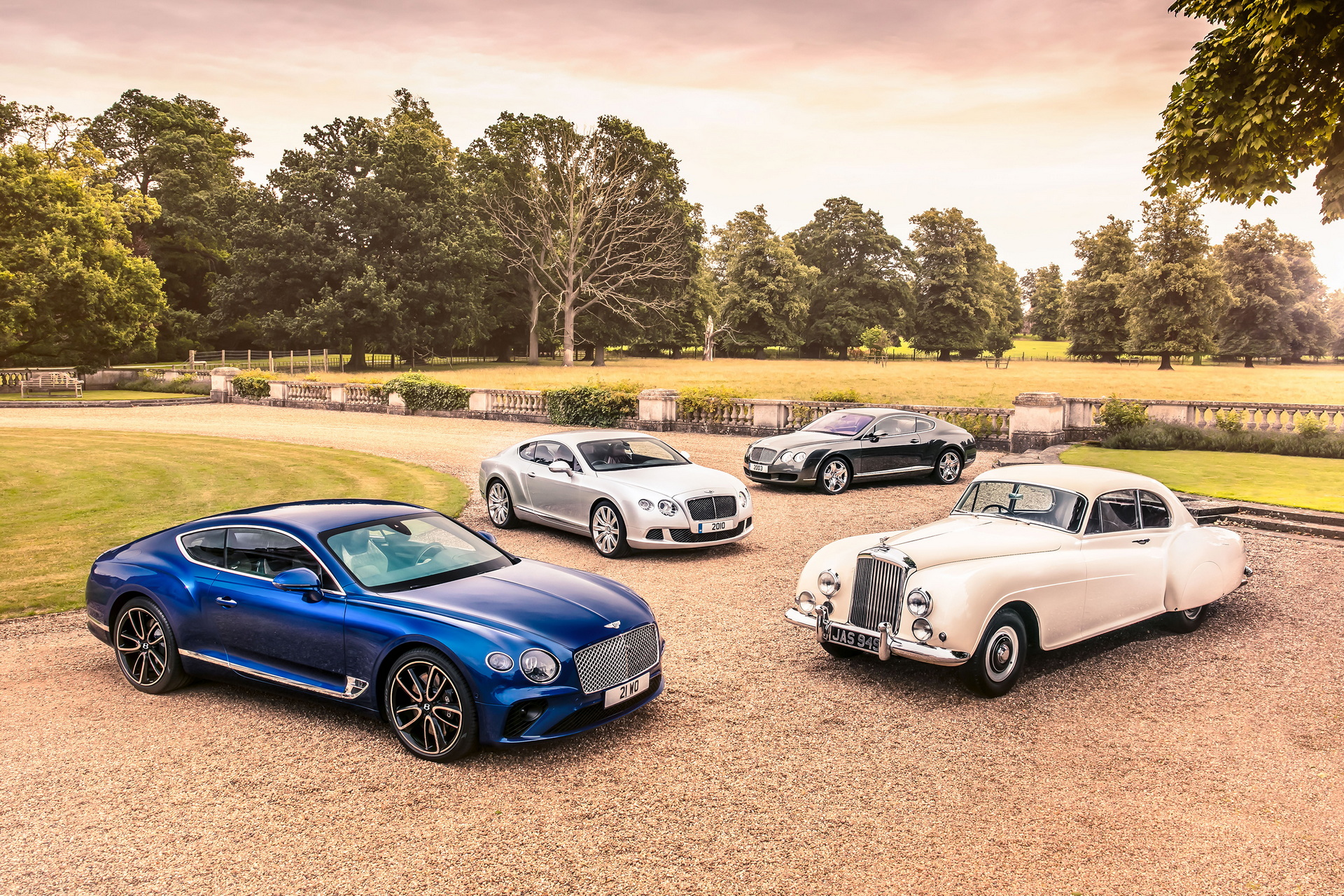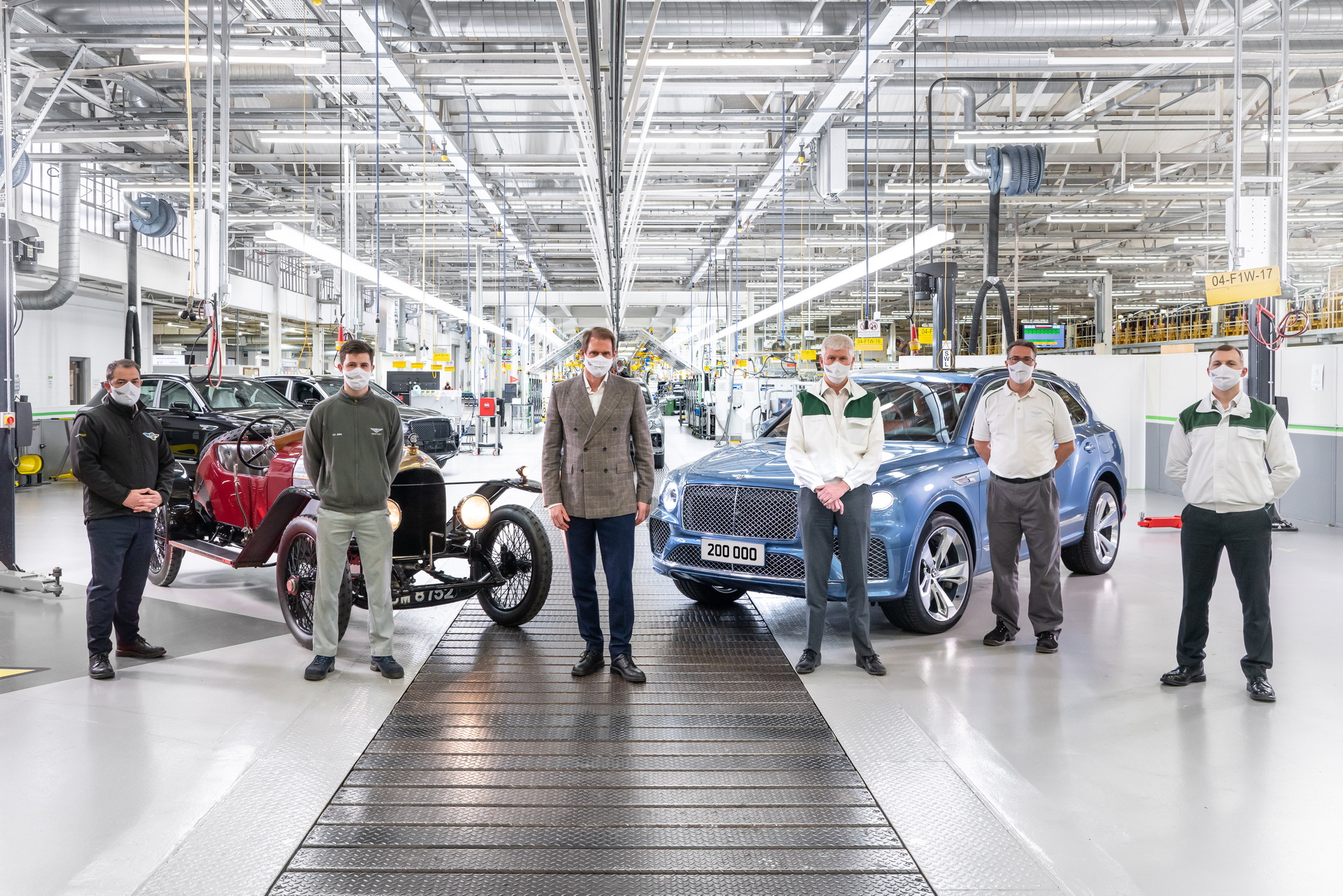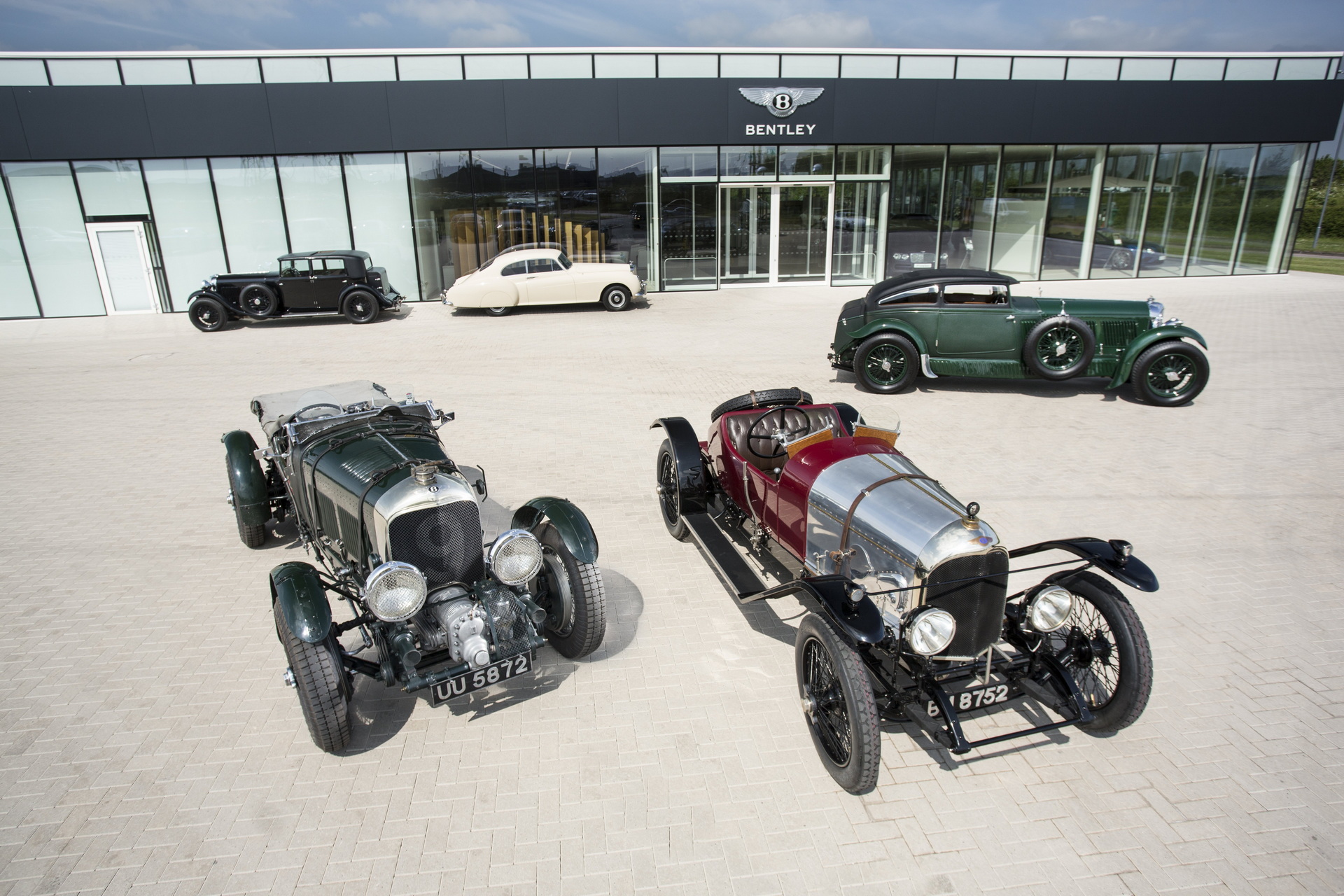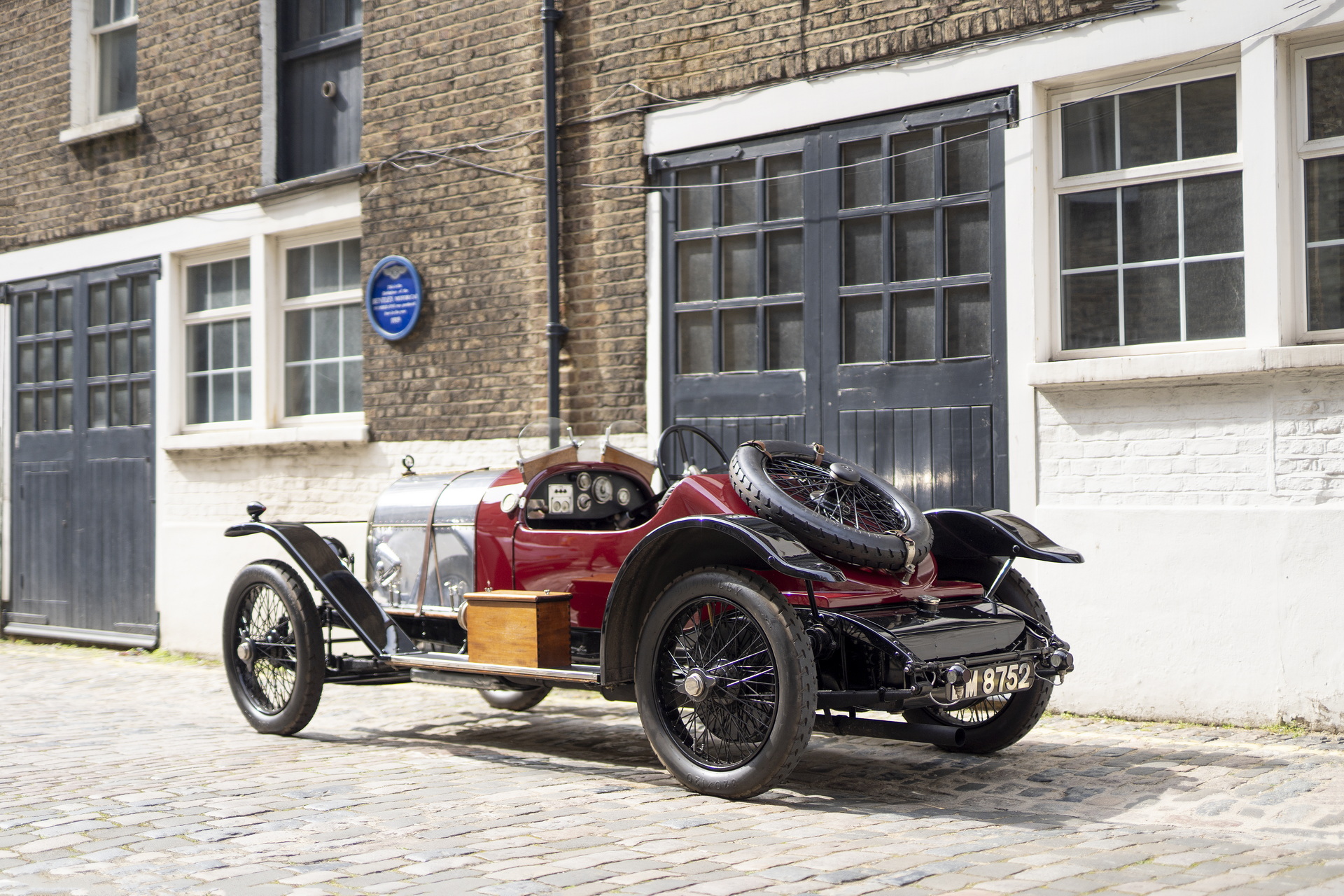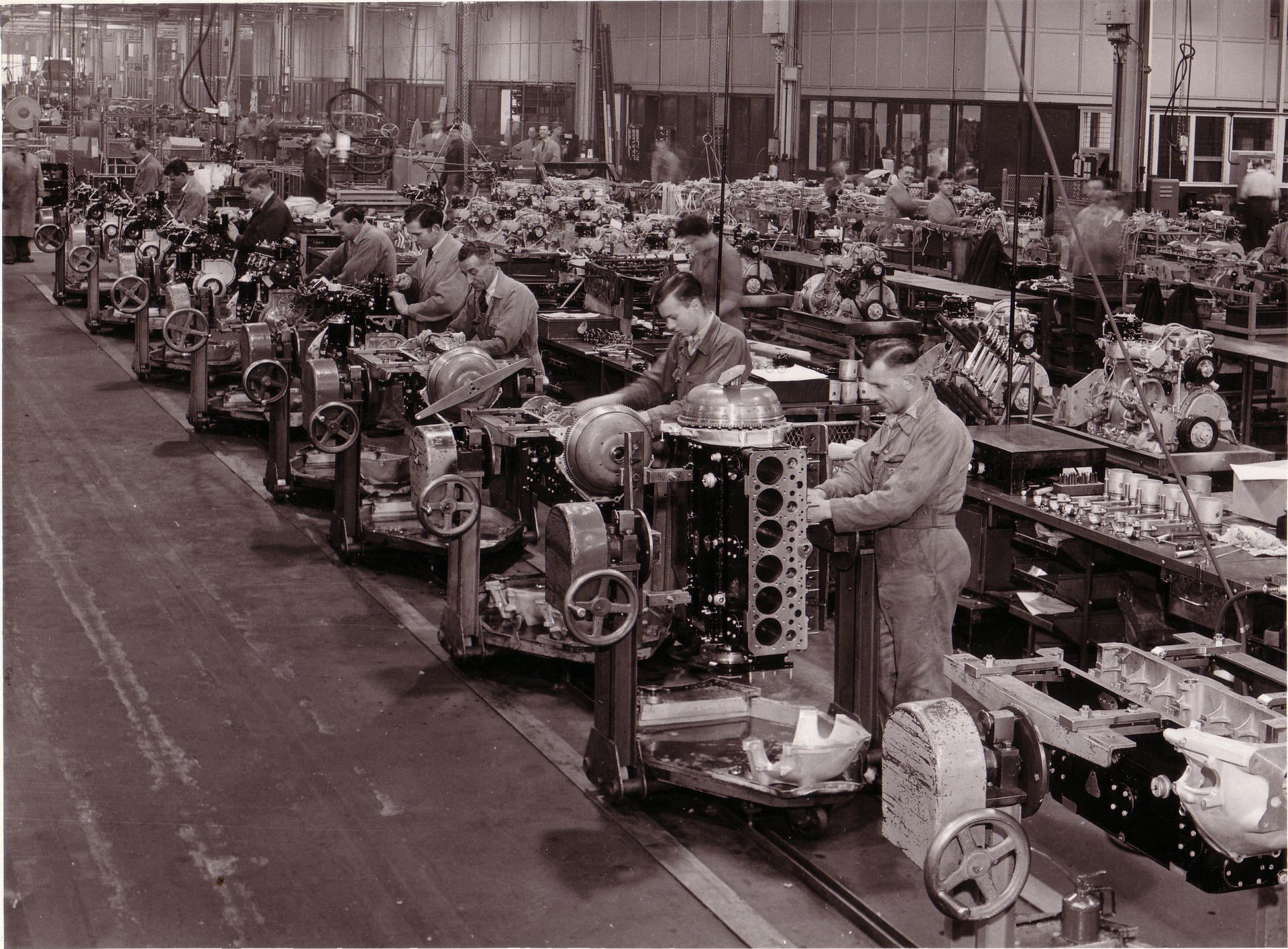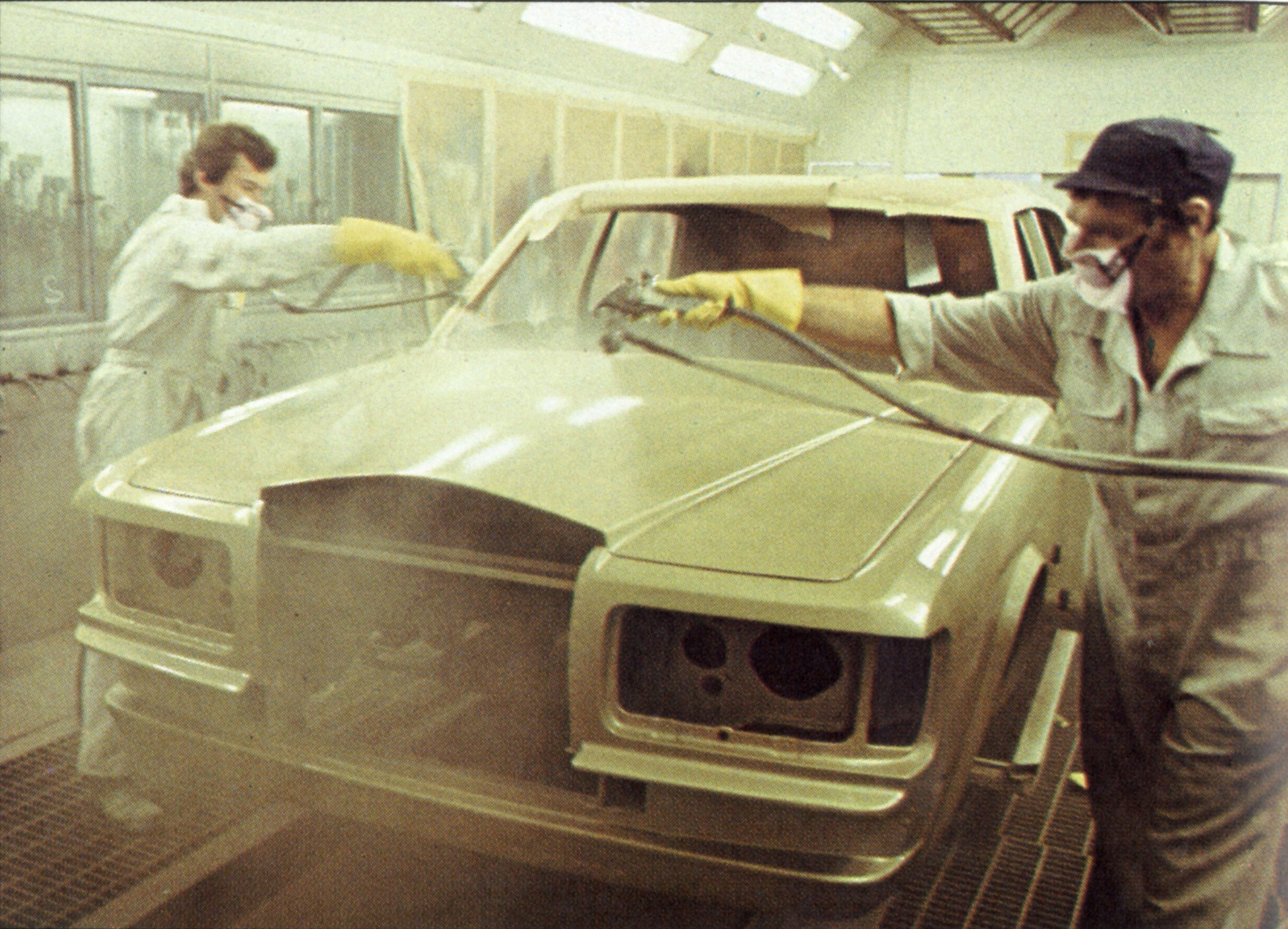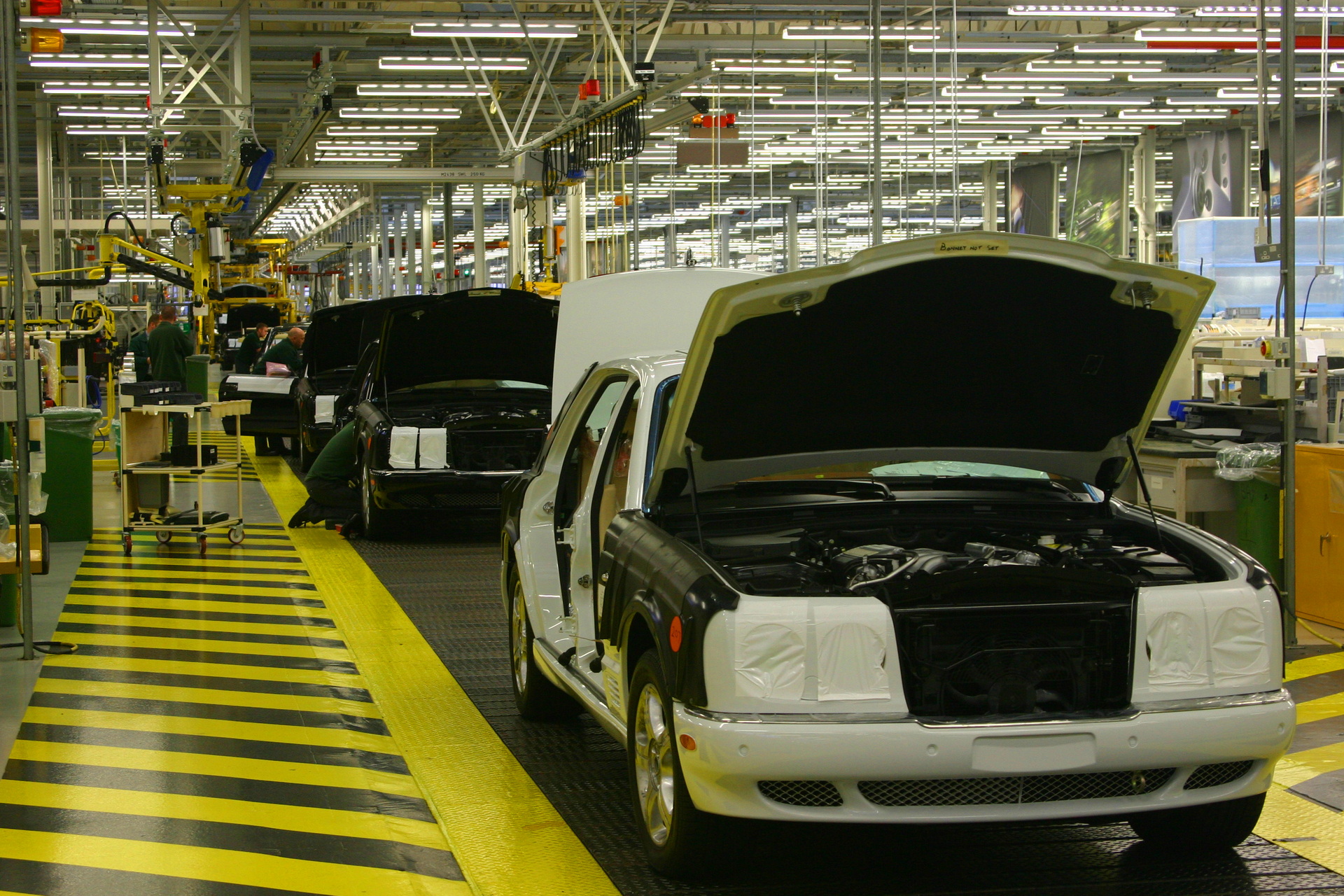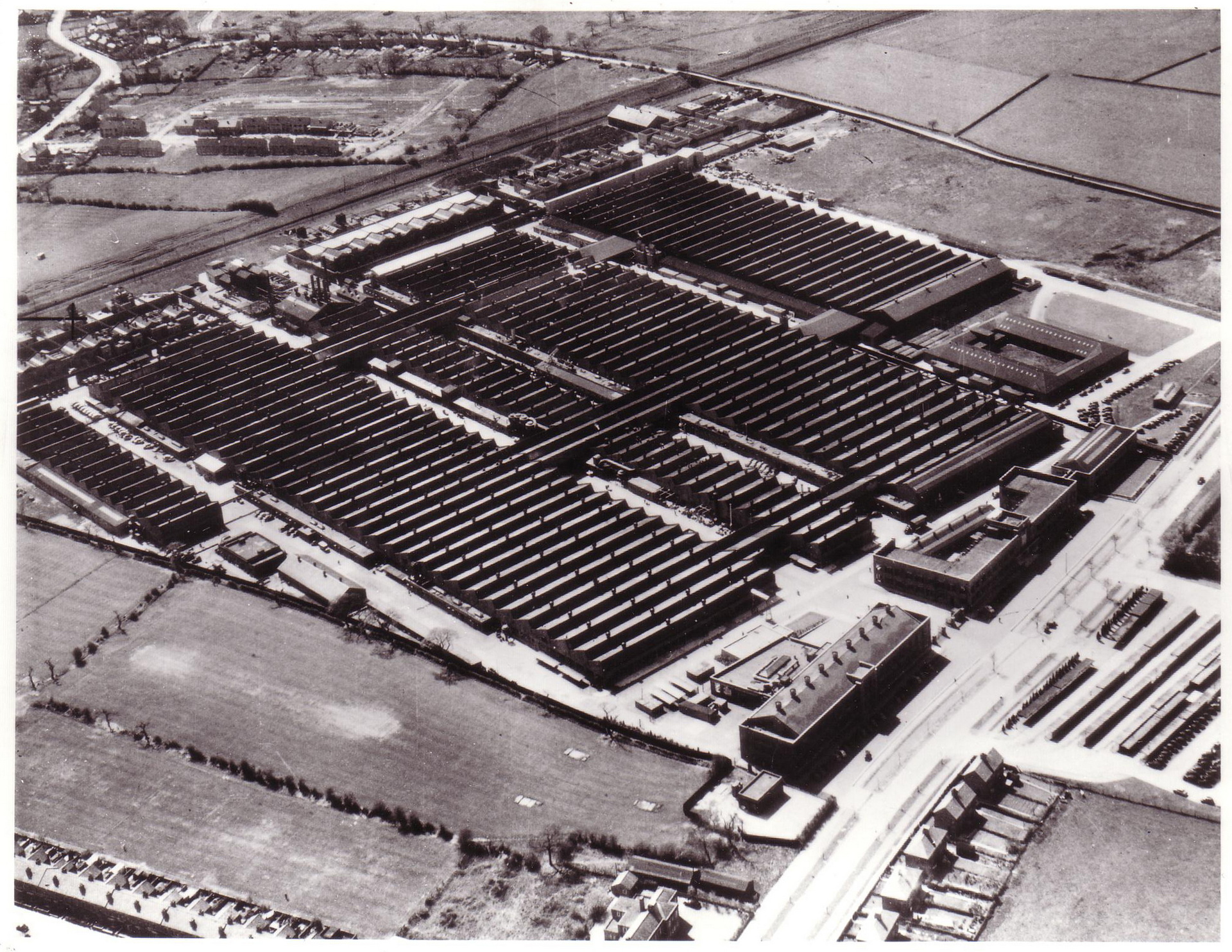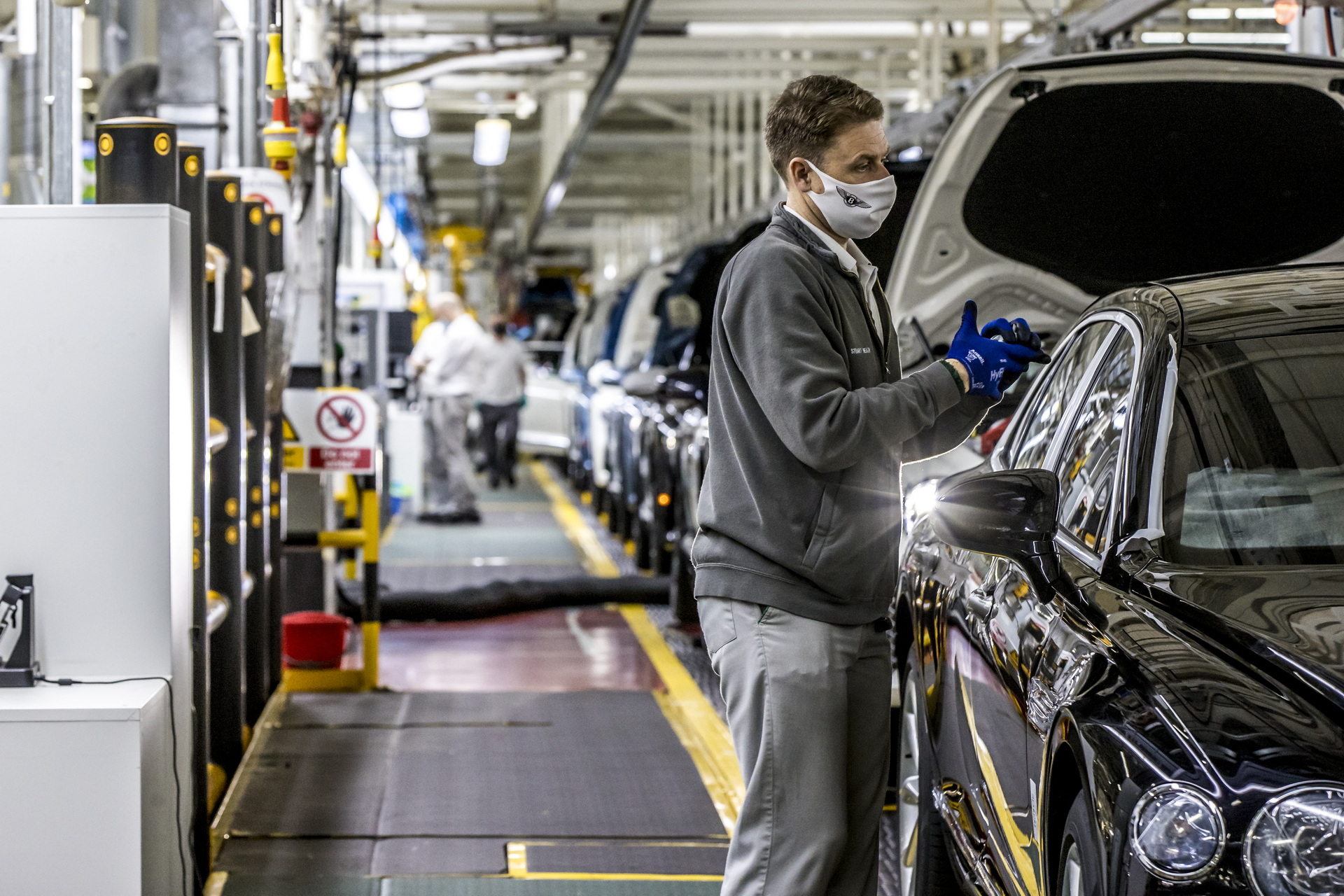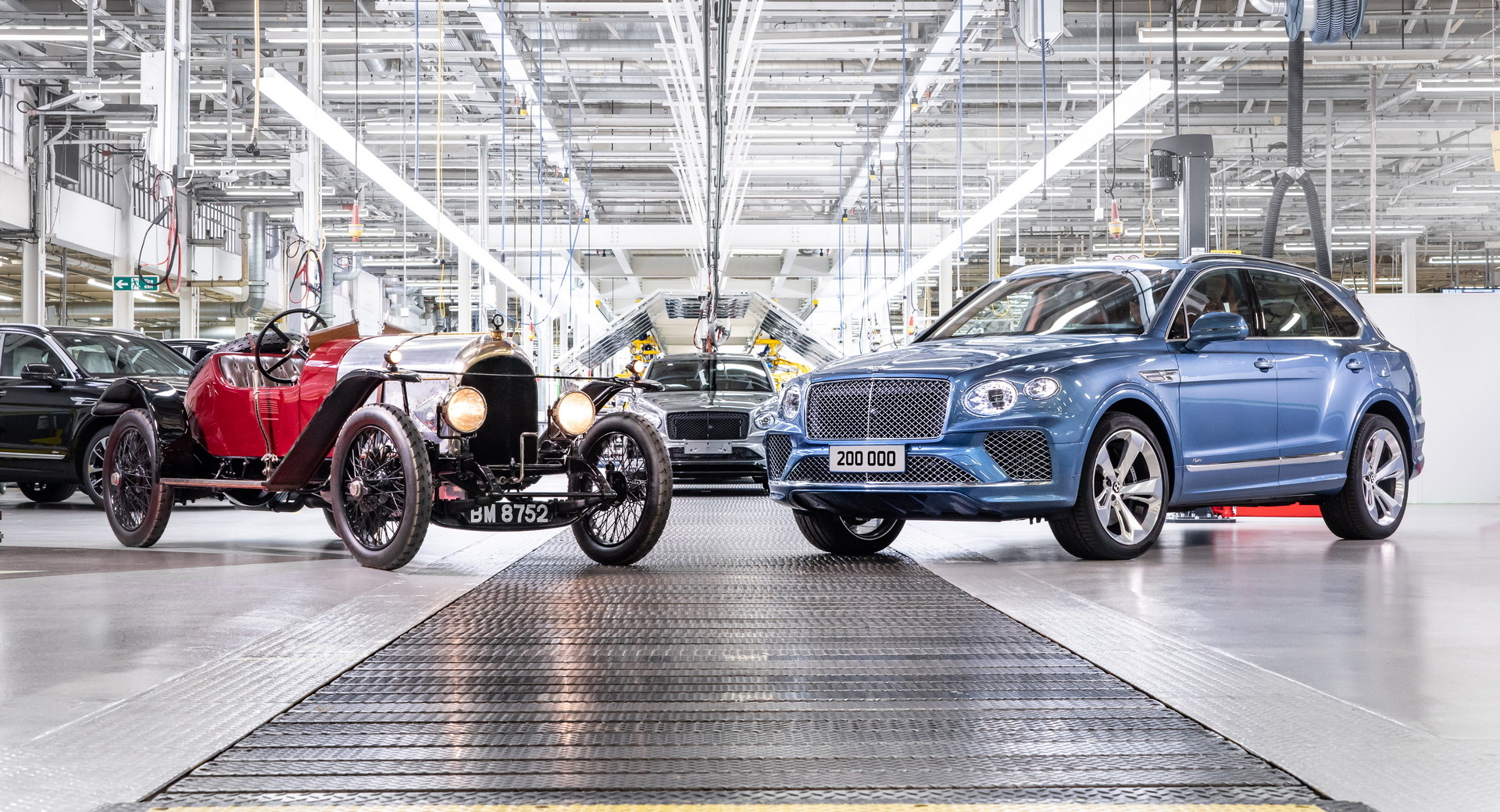Of the 200,000 vehicles that Bentley has built since 1919, more than 75% were built in the last 18 years.
In fact, 40% of the vehicles ever produced by Bentley are the Continental GT, which debuted in 2003. The Flying Spur, meanwhile, accounts for about 20% of Bentley’s lifetime production and it was introduced in 2005.
And although it arrived in 2015, Bentley has produced more than 25,000 Bentaygas. That means that it makes up 12.5% of the automaker’s lifetime output. And, indeed, vehicle number 200,000 was a Bentayga Hybrid.
To say, then, that Bentley’s subsumption into the Volkswagen empire accelerated production is to put it mildly. By 2002, the company had produced just 44,418 vehicles. That’s not to say there weren’t any vehicles whose impact was larger than the scale of their production.
Among Bentley’s legendary pre-2003 cars are the Blower, the Mulsanne, the Arnage, the Azure, and more. Not that many more, though, because Bentley now makes in a day what it used to make in a month.
Also Read: Bentley Has Just Built Its 80,000th Continental GT
Crewe still isn’t churning out cars at a blistering pace, though. Daily production tops out at 85 cars whereas its parent company, Volkswagen, pumps 3,500 cars a day out of its Wolfsburg plant and I’ve never heard of a Crewe sausage before.
Bentley’s growth hasn’t stagnated, though. After just five years, the Bentayga is being produced at a blistering pace and Bentley expects the SUV to overtake the Continental GT within the decade.
“The pace of progress has accelerated significantly since 2003 and we are now entering the next period of transformation as we pursue our Beyond100 strategy, with the aim of positioning Bentley as the global leader in sustainable luxury mobility,” said CEO Adrian Hallmark.
Indeed, like many others, Bentley is on the verge of yet another transformative change. The automaker plans to make all of its vehicles electric and make its Crewe factory climate-positive by 2030.




